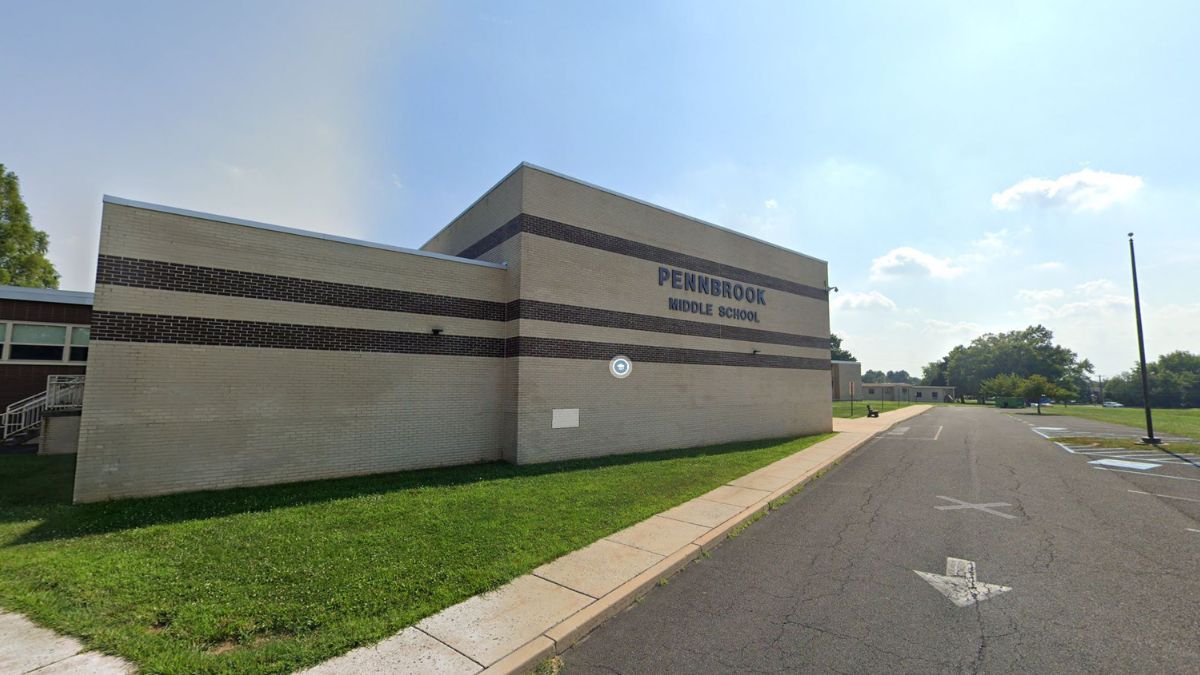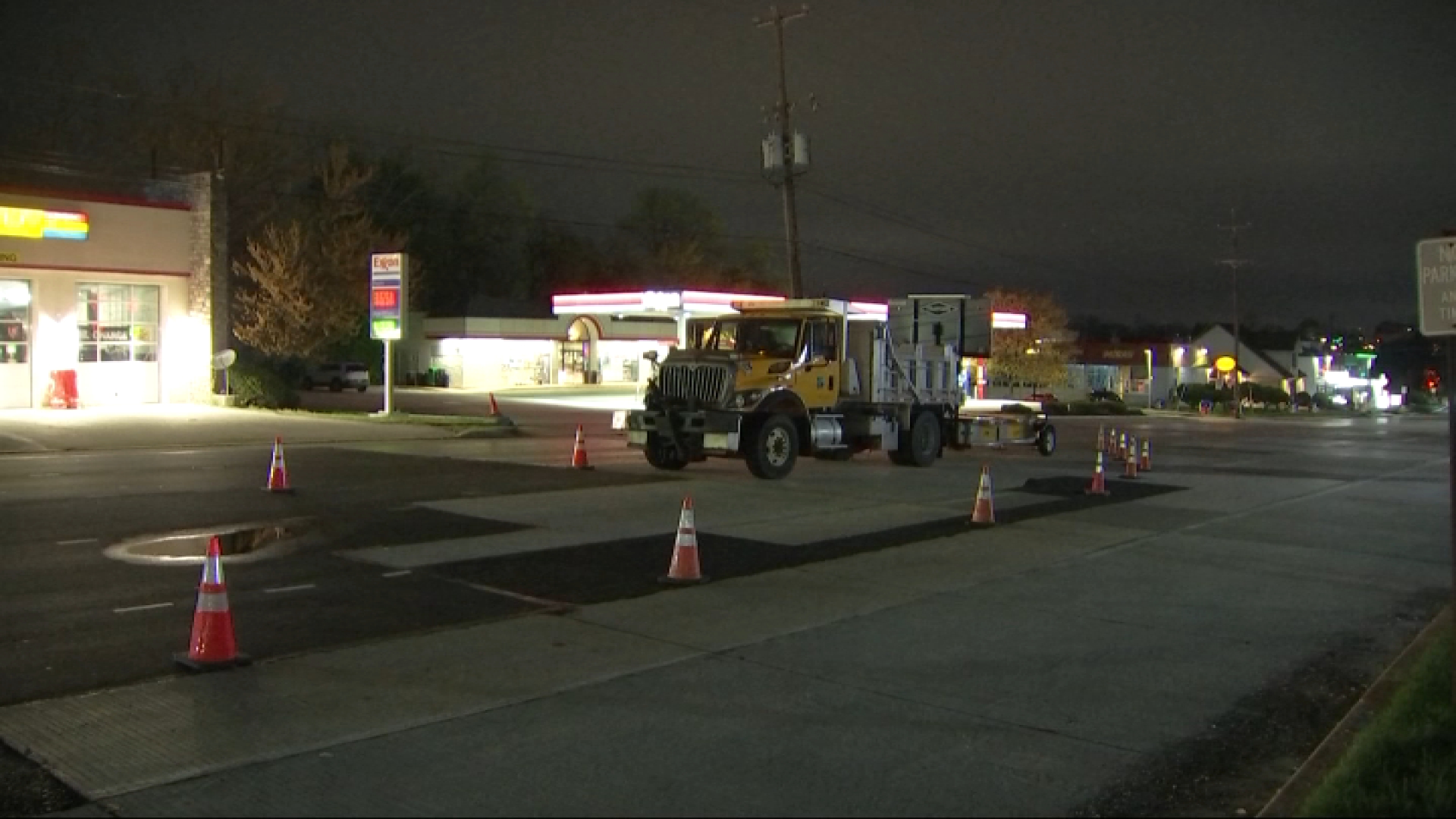When spring comes around each year, Mayor Jeanne Sorg says weekends in Ambler become "one fun party after another" all through the summer and fall.
"I'm in my third year as mayor and in that time, we've brought in so many wonderful things," Sorg said of the Montgomery County borough, boasting that its business corridor is now a "gastro-destination."
Ambler is not alone. Montgomery County boroughs are bustling, and the proof goes beyond the street festivals and bicycle races. County planners, while releasing a new report on county nonresidential construction, emphasized that the days of strip malls appear to be on the wane and mixed-use development, like that found along Main Streets in many of the county's 24 boroughs, is on the rise.
"A lot of the boroughs have experienced a resurgence," said county planner Dan Farina, who presented the report on nonresidential construction in 2015 to the Planning Commission on Wednesday. "People have a desire for walkable spaces and authentic spaces that have history and character. And that's what mixed use spaces can provide."
The county is uniquely positioned to take advantage of the trend toward downtown living. Places like Jenkintown, Pottstown and Hatboro date to the 1700s, and their streets favor mixed-use commercial and residential development now in vouge.
"It's a colonial county too, so a lot of its oldest boroughs go back," Farina said.
Sorg, who has lived in Ambler for 16 years, said the borough had the design to take advantage of residents' desires for restaurants, small businesses and public transit.
Local
Breaking news and the stories that matter to your neighborhood.
"You have to look at Ambler and how it was originally developed," she said. "We had mills and those mills had to get their goods out. So we have lots of train access. And they are connected right to downtown, which gave us a great skeleton to start with."
Despite the positive news for boroughs, areas of concern for nonresidential construction remain.
Commercial construction in 2015 totaled just under 300,000 square feet, the lowest number of the last seven years and a decrease of 220,000 square feet from 2014.
Planners said low square footage totals from 2013 to 2015 reflect how it took a few years for the recession of 2009 to adversely affect building. Projects already planned or in construction prior to the recession went ahead, but a slowdown in new developments followed.
Overall nonresidential construction increased to 1.1 million square feet from 750,000 in 2014, but the 2015 total was bolstered by an unusually high amount of municipal building.
"A number of boroughs and townships built new town halls, police stations, and ambulance facilities," the report said.
Office construction totals is also affected by changing business culture, Farina said.
Where a decade ago, employees each used about 400 to 600 square feet of office space, they now are cubby-holed into 125 square feet, he said.
The report noted that an upcoming King of Prussia mall expansion will increase commercial construction totals in 2016, but the longterm outlook for commercial development should be tempered, Farina said.
"There is a bigger story at play," he said. "We all know over the last decade there has been an explosion of online retail."



